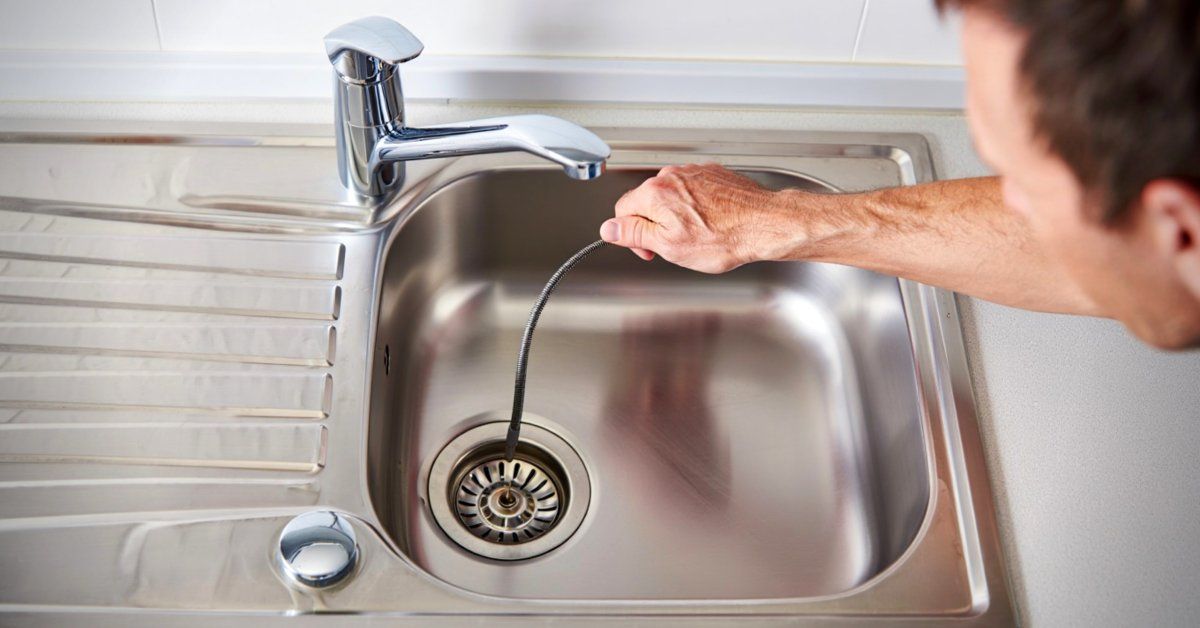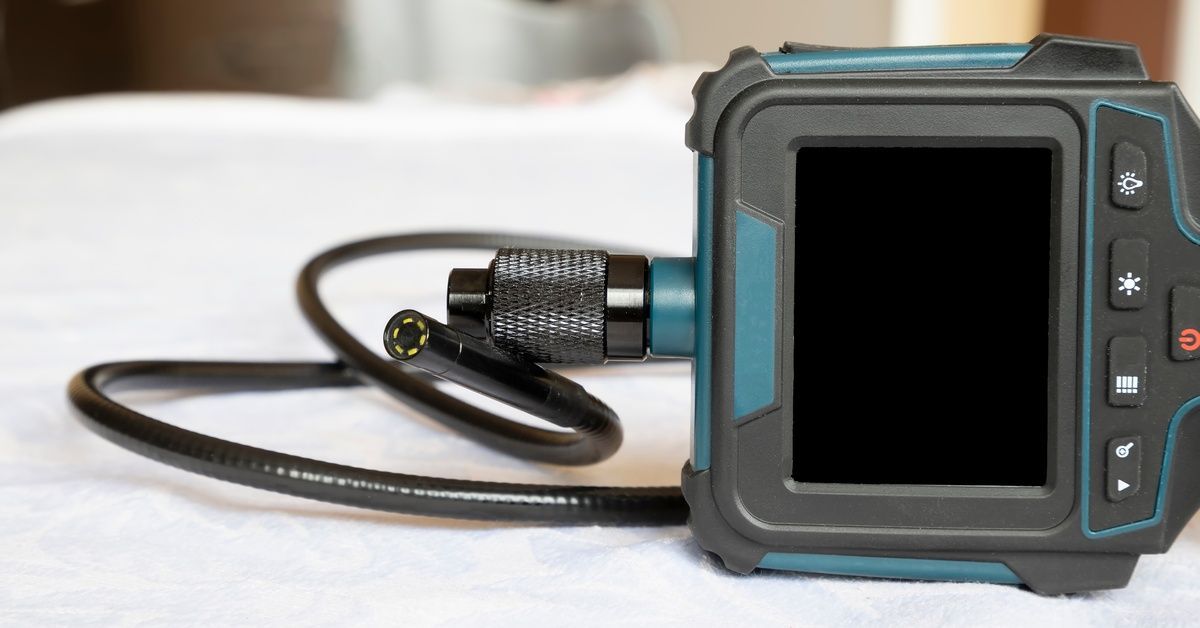How Extreme Weather Can Affect Your Home’s Drainage Systems
Extreme weather events have become more frequent and intense, leaving homeowners scrambling to protect their properties. While most people focus on securing windows, roofs, and outdoor furniture, many overlook one of the most critical systems in their homes: drainage.
Your drainage system works tirelessly to channel water away from your property, but when Mother Nature throws her worst at it, even the most robust systems can struggle. Understanding how extreme weather can affect your home’s drainage systems can save you thousands of dollars in repairs and help you take proactive steps to protect your home.
Heavy Rainfall and Overwhelmed Systems
When storms dump massive amounts of water in short periods, your drainage system faces its biggest test. Standard residential drainage is designed to handle typical rainfall amounts, but extreme precipitation can quickly exceed these capacities. Gutters overflow, downspouts back up, and storm drains become completely saturated.
The cascading effect begins when gutters can’t channel water fast enough. Water spills over the edges, potentially flooding your foundation, basement, or crawl space. Meanwhile, your yard’s surface drainage struggles to absorb excess moisture, creating standing water that can seep into areas where it doesn’t belong.
Underground drainage pipes also face pressure during heavy rainfall events. When municipal storm systems become overwhelmed, water can back up into residential lines, causing sewage backups and flooding in basements. This scenario becomes particularly problematic in older neighborhoods where infrastructure may not meet modern capacity demands.

Flash Flooding and Rapid Water Movement
Flash floods lead to a different set of challenges for drainage systems. Unlike steady rainfall, flash flooding involves rapid water movement that can physically damage drainage infrastructure. The force of rushing water can dislodge drainage pipes, wash away protective barriers, and deposit debris that clogs systems for months afterward.
Drainage systems rely on gravity and controlled water flow to function properly. When flash floods occur, the sheer volume and speed of water can reverse normal flow patterns, pushing water and debris back into systems from the wrong direction. This reverse pressure can damage joints, create leaks, and compromise the entire drainage network around your property.
Foundation drainage becomes especially vulnerable during flash floods. French drains and foundation perimeter systems can become clogged with mud and debris, losing their effectiveness just when you need them most. The result of compromised systems often includes water intrusion, foundation settling, and expensive structural repairs.
Freeze-Thaw Cycles and Structural Damage
Temperature extremes create their own drainage challenges, particularly in regions that experience freeze-thaw cycles. When water freezes inside drainage pipes, it expands, creating pressure that can crack pipes, separate joints, and damage the entire system structure.
Surface drainage can incur similar issues when ice forms over drain openings, creating temporary dams that redirect water flow. As temperatures fluctuate, ice melts and refreezes repeatedly, each cycle potentially causing more damage to drainage infrastructure. Underground systems experience this damage invisibly, often going unnoticed until spring brings major drainage failures.
The ways that extreme weather can affect your home’s drainage systems become particularly evident during these temperature swings. Pipes that seemed perfectly functional during mild weather suddenly develop leaks, blocks, or complete failures when subjected to freezing conditions.
When pipes leak or become blocked, they can incur strain that could lead to bursts. Depending on where the pipe bursts, you could be looking at thousands if not tens of thousands of dollars in water damage. Pipe failure is also detrimental and expensive.
High Winds and Debris Accumulation
Severe windstorms create drainage problems that extend beyond the storm itself. Flying debris clogs gutters, downspouts, and drain openings, creating blockages that persist long after winds subside. Leaves, branches, trash, and even larger objects can create dams in your drainage system that redirect water flow in destructive ways.
Gutters bearing heavy debris loads can pull away from rooflines, creating gaps where water can enter your home’s structure. The additional weight stresses mounting systems beyond their design limits, potentially causing catastrophic failure during the next storm event.
Ground-level drains face similar challenges when debris accumulates over drain grates and in catch basins. Even small amounts of leaves and twigs can create significant blockages when combined with water flow, essentially turning your drainage system into a series of small dams that redirect water toward your foundation.

Long-Term Weather Pattern Changes
Extended periods of unusual weather create cumulative stress on drainage systems. Prolonged dry spells can cause soil to shift and settle, potentially damaging underground pipes and altering drainage patterns around your property. When heavy rains finally arrive after drought conditions, the ground often can’t absorb water effectively, increasing surface runoff and overwhelming systems.
Conversely, extended wet periods can saturate soil around drainage pipes, reducing their stability and increasing the likelihood of collapse or displacement. Persistent moisture also promotes root growth into drainage lines, creating blockages that worsen over time.
Professional commercial sewer line services in Salem, MA, often report increased service calls following extended weather pattern changes, as cumulative damage finally becomes apparent to homeowners through system failures or performance issues.
Protecting Your Investment
These ways that extreme weather can affect your home’s drainage systems should concern every property owner, but preparation can minimize damage and costly repairs. Regular maintenance is crucial, including cleaning gutters and downspouts before storm seasons, inspecting visible drainage components for damage, and maintaining proper grading around your foundation.
Consider upgrading drainage capacity in areas prone to extreme weather. This might include installing larger gutters, adding supplementary drainage lines, or improving surface water management around your property. Professional inspections can identify vulnerable areas before severe weather strikes, allowing you to address weaknesses proactively.
Taking Action Before the Next Storm
Your drainage system is a major investment in your property’s protection and value. Understanding weather-related vulnerabilities allows you to make informed decisions about maintenance, upgrades, and emergency preparations. Don’t wait for the next extreme weather event to discover drainage system weaknesses.
Schedule regular professional inspections, especially after severe weather events, to identify and address damage before it worsens. Develop relationships with qualified drainage professionals who can respond quickly when problems arise. Most importantly, remember that proactive drainage system care costs far less than emergency repairs and water damage restoration.




